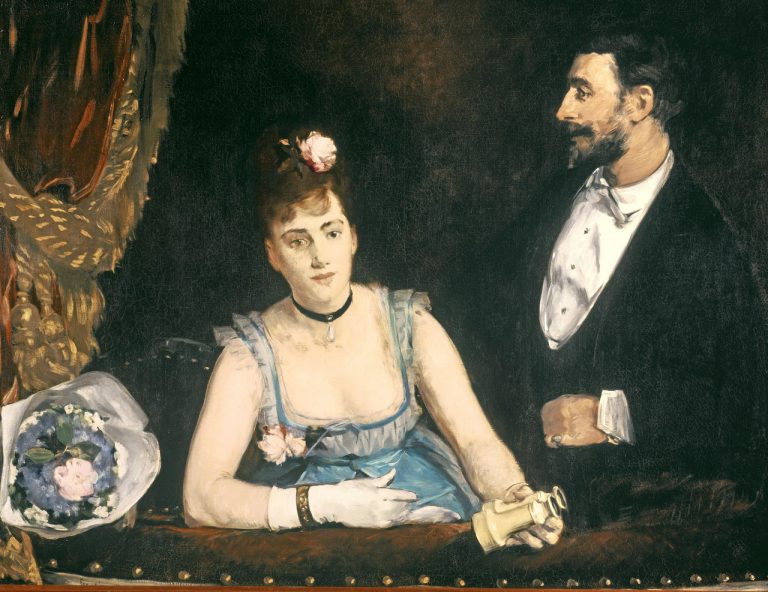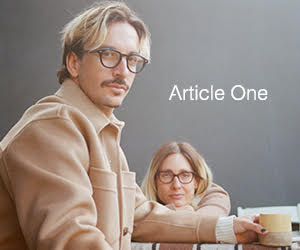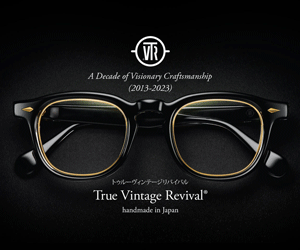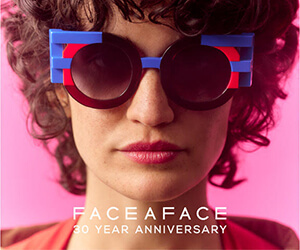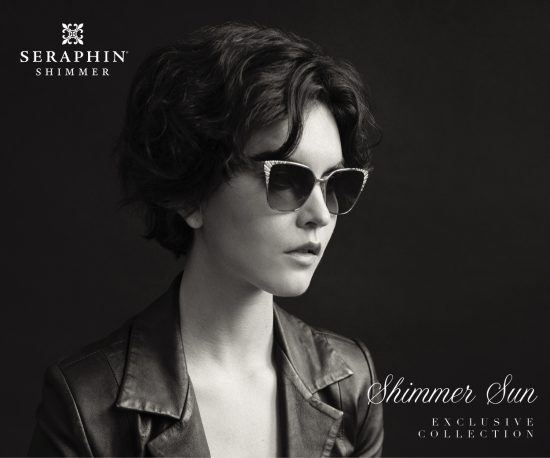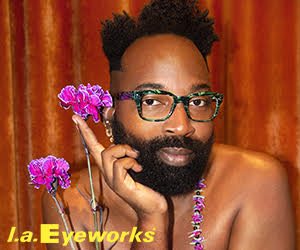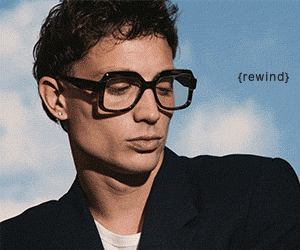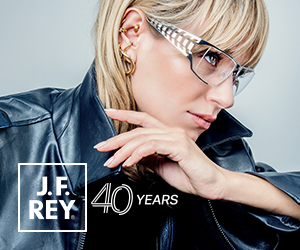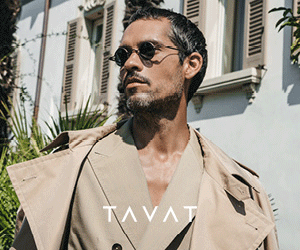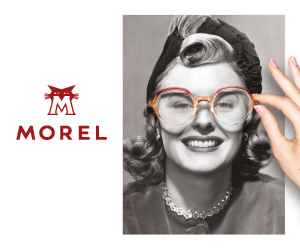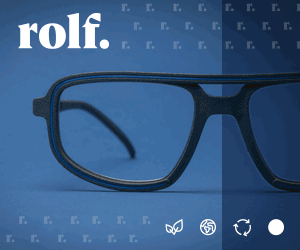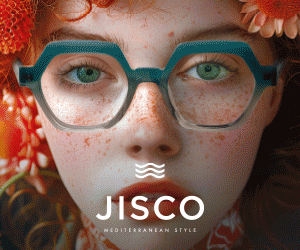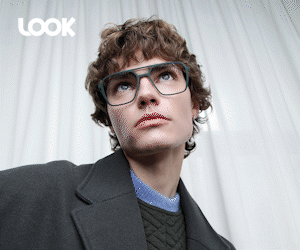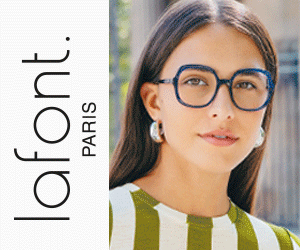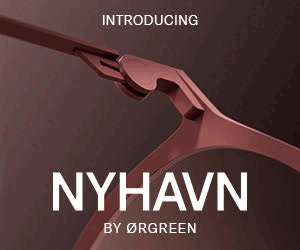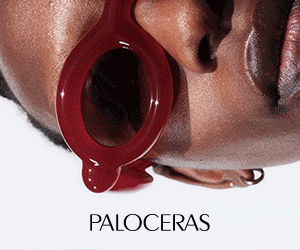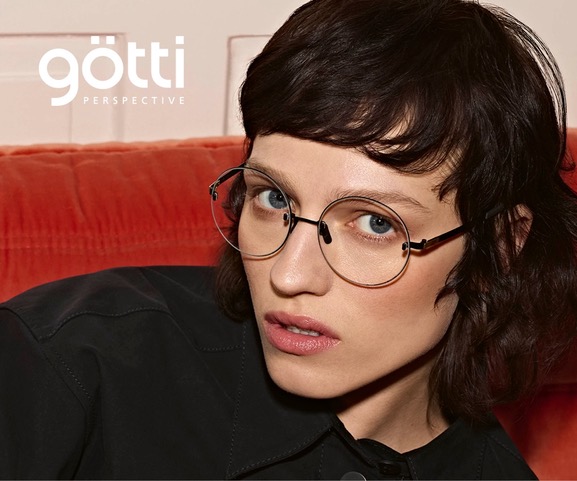Four hundred years of operatic passion and European history highlight the spectacular exhibition currently on view at the Victoria & Albert Museum in London. The exhibition – in collaboration with the Royal Opera House – is a splendid, intriguing journey that explores opera on a grand scale. This is the first exhibition staged in the new spacious, subterranean Sainsbury Gallery at the V&A. Opera: Passion, Power and Politics is a musical journey to seven cities, and focuses on seven operatic premiers. It explores how the social, political, artistic and economic factors interact with great moments in opera history, to reveal a story of Europe over hundreds of years.

Never a fan of headphones, this exhibition totally changed my perspective. The sound experience is exquisite – with world-leading performances dynamically changing as the visitor explores cities and objects. The result is an evocative and fully immersive sound performance. The seven cities and premieres in the exhibit include: Venice with Monteverdi’s L’Incoronazione de Poppea in 1642, which made its initial appearance during the Carnival season in Venice, and transitioned opera from private court entertainment to the public realm. The opera tour then continues to London and Handel’s Rinaldo in 1771, one of the first Italian language operas performed in London, as the city emerged as a global trade centre.

Mozart’s Le nozze de Figaro premiered in Vienna in 1786, an opera that is much loved to this day. A piano on which Mozart played when visiting Prague is also on display, the first time the instrument has left Prague since the 18th century, to be shown for this exhibition. Verdi and Milan are synonymous, and the composer’s superb Nabucco premiered at La Scala in 1842. Verdi was a master of the chorus; and Va pensierfo (Chorus of the Hebrew Slaves from Nabucco) became Italy’s unofficial nathional anthem.

During the reign of Emperor Napoleon 111, opera in Paris had immense status, and in 1861 Wagner’s Tannhâuser premiered and polarised audiences…as only Wagner can. However, Wagner’s vision for the art form proved inspirational for future writers and artists. The beautiful city of Dresden, with its history of artistic expressionism, was the setting for Richard Strauss’s premiere Salome in 1905. The opera was based on the play Salome, written in French by Oscar Wilde. The final opera explored is Shostakovich’s Lady Macbeth of Mtsensk, that opened in St. Petersburg in 1934. It was banned under political censorship in 1936, and Shostakovich never wrote another opera.
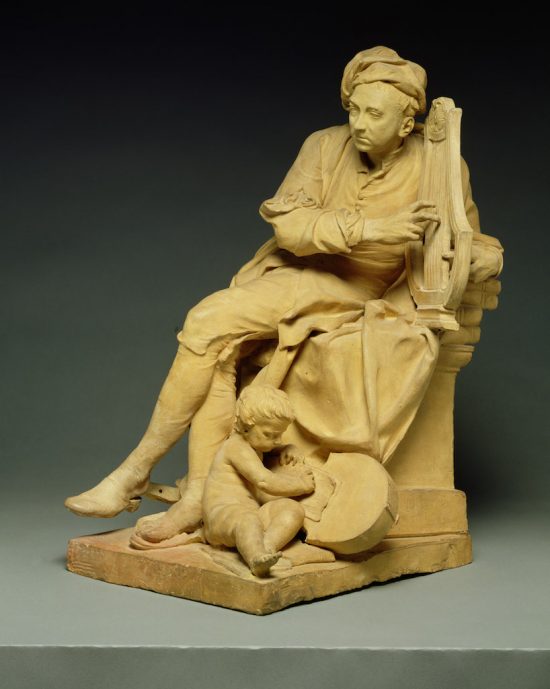
Opera: Passion, Power and Politics introduces more than three hundred amazing objects from the V&A collection, along with creative stage sets; manuscripts; costumes; paintings; important international loans; and compelling not-to-be-missed footage of seminal opera performances. The exhibition is marvellous and mesmerising, for opera fans and the non-opera going public alike. Opera: Passion, Power and Politics in collaboration with the Royal Opera House, and sponsored by Sociétié Génerale continues until 25th February 2018. vam.ac.uk/Opera JG
Top image: Eva Gonzalés (1849-83) oil on canvas, c. 1874 Paris Musée d’Orsay, gift of Jean Guérard, 1927 Musée d’Orsay, Paris France/Bridgeman Images
